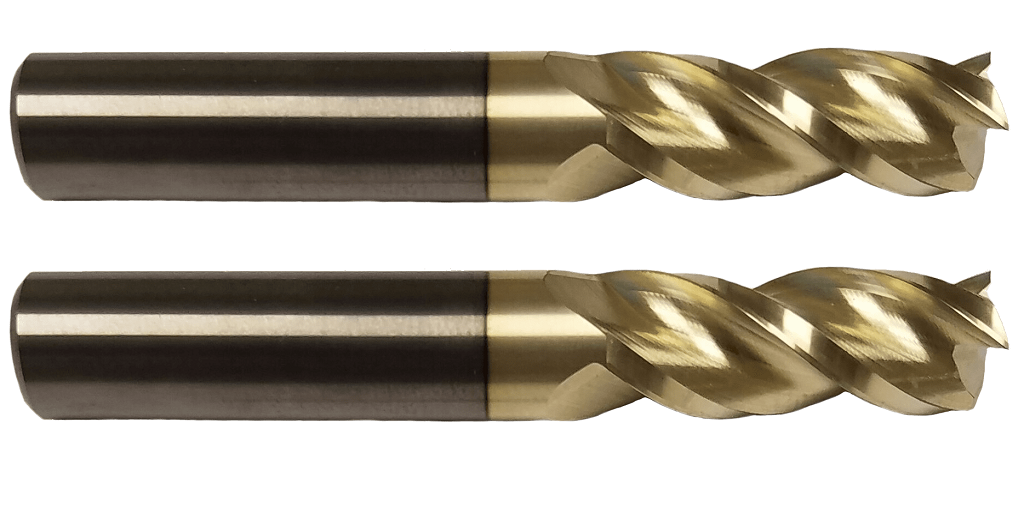Machining Aluminum: A Few Things You Need to Know
by Anthony Williams on November 03, 2022
ADVERTISEMENT
Aluminum is soft, ductile, malleable, and pliable, unlike many other metals that can be hard, brittle, and temperamental. That means aluminum should be easy to machine, right?

Well, it’s not quite that simple. Like machining any other material, aluminum possesses unique qualities that must be understood for success.
Here are a few things you need to know.
Aluminum Is Soft, but That Doesn’t Mean High Machining Speeds Are Appropriate
If you’ve never machined aluminum before, you might just think that you can crank up the speed because it’s so soft.
That’s actually a big mistake. Salow and steady wins the race when machining aluminum. Although it is soft, running cutting tools at higher speeds can cause issues with chip evacuation.
Moreover, aluminum will heat up rapidly when you run your cutting tools too quickly. If you run them too fast, you’ll just be friction welding and causing chips (or the entire workpiece) to stick to the tool.
Running your tools too fast can also result in chatter, which can damage both your tools and the workpiece; the lesson is to slow down.
Not All Aluminum Is the Same
Moreover, not all aluminum alloys are chemically and physically the same. You need to tailor your approach to the type of aluminum that constitutes the workpiece.
For instance, on one end you have 5052 which is very soft and easy to cut, but one of the worst culprits when it comes to gumming up cutting tools. You can’t run high tool speeds with 5052.
On the other hand, you have alloys such as 6061 (and 7075, which is even harder), which is a very common aluminum alloy and is pretty well suited to machining.
It is more suitable for most machining applications than 5052 because it is less likely to clog up a tool or stick to it; but you still have to be conscientious about chip evacuation.
In addition to these three aluminum alloys, there are many others, including 2011, 2024, and 6063. Success in aluminum machining starts with knowing precisely what aluminum alloy the workpiece is made of and tailoring the application to its unique needs.
Choose Suitable End Mills for Aluminum
Aluminum is soft, so it won’t cause the same level of wear to your cutting tools as harder materials like steel. All the same, choosing suitable end mills for aluminum is of great importance to success (and efficiency).
Solid carbide end mills for aluminum are best here. Carbide is very hard and has exceptional heat and wear resistance.
Edge retention is vital, and more important than toughness since aluminum is so soft. Carbide end mills for aluminum with a very fine grain will take and hold a very sharp cutting edge, producing excellent results on finished aluminum without wearing excessively over time.
As far as flute count, most sources will tell you that 3 is the optimal number for cutting efficiency and superior chip removal rates. For roughing, 35° flutes are suitable, whereas flutes with a 45° helix are better for finishing applications.
If you’re looking for solid-carbide end mills for aluminum, visit Online Carbide. They carry a wide range of high-performance carbide cutting tools at great prices and offer free shipping on select orders (see their website for details).
ADVERTISEMENT